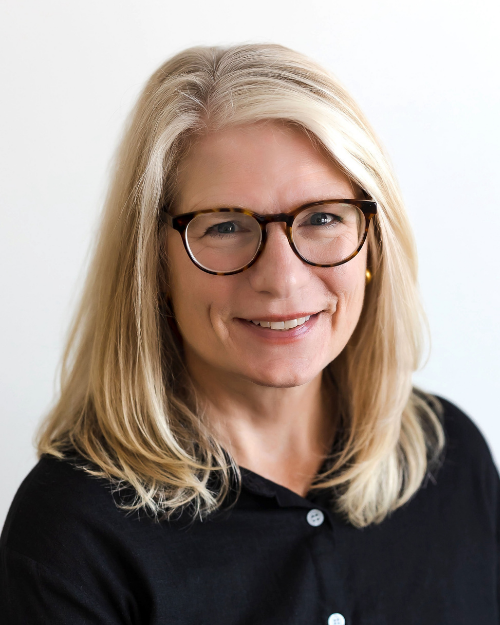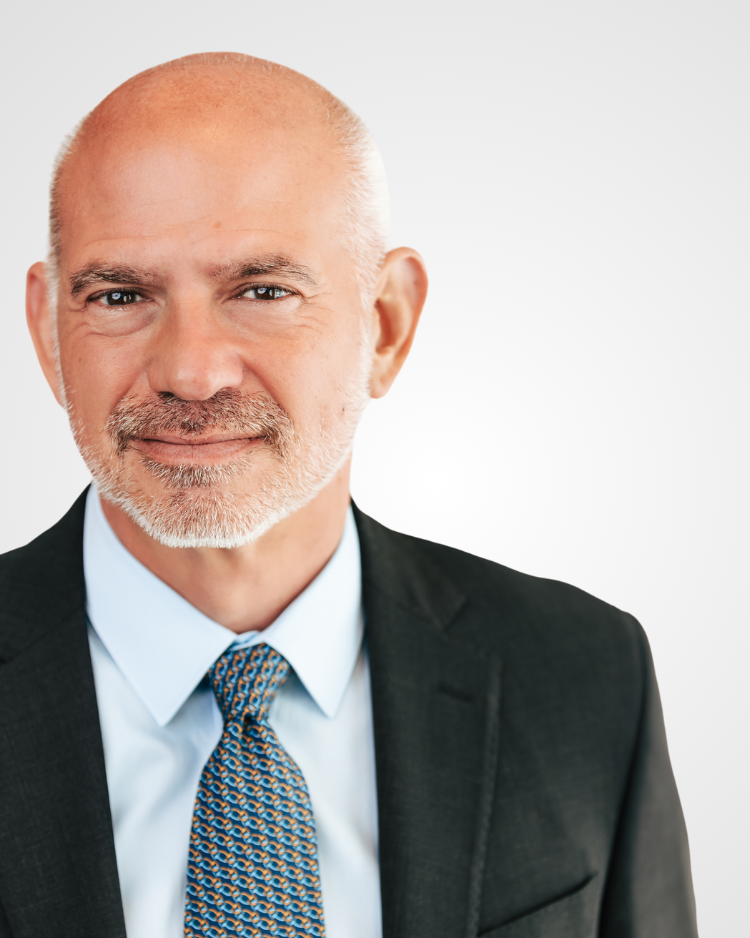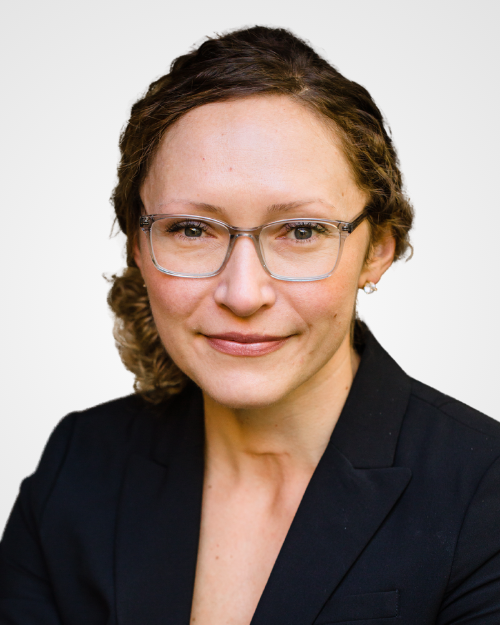When Ellen* became chief development officer for a performing arts center with a $20 million annual budget, she inherited a talented, high-performing fundraising team. The organization’s donor base was broad and loyal, built over decades of consistent outreach. Major gifts were coming in steadily, annual gala proceeds were up, and the grants pipeline was robust.
But within her first six months, Ellen saw a troubling trend: turnover. First, a promising mid-level gifts officer accepted a position at another nonprofit that offered a slightly higher salary. Then, a grant writer left for a corporate communications role that promised remote work flexibility. Shortly after, the events coordinator resigned, citing burnout after years of back-to-back fundraising seasons.
Ellen knew that recruiting new talent was time-consuming and costly. Each departure disrupted donor relationships, slowed fundraising momentum, and placed extra stress on remaining team members. She realized the key wasn’t just hiring well—it was keeping the people she already had.
Why Retention Matters and Where to Begin
Head of Consulting and Principal Jake Muszynski observes, “Retention is an industry-wide challenge. For nonprofits of all sizes, retaining the development team is not simply an HR concern—it’s a strategic priority. Fundraising is built on relationships. Every time a staff member leaves, institutional knowledge walks out the door, and donor trust can be shaken.” Replacing that connection can take years, and in the nonprofit sector, high turnover can quickly lead to stalled revenue growth.
In his work with organizations all over the country, Jake frequently shares best practices to help organizations retain their team members. He encourages leaders to understand why employees leave and invest in proactive measures that will encourage valuable team members to remain with the organization: “To minimize turnover and support stability on your staff, your nonprofit needs to be a place where people want to work; in other words, a workplace that meets a range of needs and responds to employees’ career goals.”
When organization leaders understand each team member’s perspective on their job and their career aspirations, they can use those insights to:
- Invest in professional development that is meaningful to employees
- Create an internal culture that normalizes work/life flexibility
- Establish routines that recognize employee contributions and celebrate achievements
- Cultivate a more vibrant organization-wide culture of philanthropy
Understanding Your Team
The first step to retaining your team costs nothing and can be taken immediately. Jake points out some practical considerations: “You need to form an understanding of how your team members feel about their jobs. How do you find out? Ask. Schedule conversations that explore both good news and bad news aspects of working in your organization. Obviously, employees need to feel safe sharing their opinions. You can’t be thin-skinned.”
In Ellen’s case, she began by conducting a development team retention audit. She held one-on-one conversations with each staff member to understand what was working for them—and what wasn’t. She also reviewed salary benchmarks for similar organizations, examined workload distribution, and evaluated professional development opportunities across the department.
Through this process, Ellen discovered that the compensation her organization offered was competitive, but her staff said they felt stretched thin. Most of them expressed a need for more flex time to handle daily activities like picking children up from school or running important errands. Some said they wanted more consistent feedback on their performance and wanted more chances to grow professionally and advance within the organization. Even more concerning, many reported feeling isolated from other departments and the broader mission of the organization.
Implementing Retention Strategies
With a little research, leaders can determine whether the salaries they offer are commensurate with comparable nonprofits, but compensation is not the only way to retain team members. Workplace norms play a big role in retention. Many organizations now offer employees more flexibility and autonomy. Find out what changes to workload or office norms would mean the most to your staff.
Jake also encourages leaders to speak with their boards about investing in retention: “Organizations shouldn’t wait until people are resigning to think about retention. The best time to invest in your team is before there’s a problem. When leaders commit to their staff’s growth and wellbeing, they’re not only keeping employees—they’re building a resilient future for the mission.”
The business leaders on Ellen’s board strongly believe that strategic investments reap greater returns; consequently, their usual debates are not about whether to invest, but rather how. After a lively discussion, Ellen’s board helped her hammer out a four-part retention strategy:
- Invest in Career Growth
Ellen created a professional development budget with funding earmarked for each member of her team. She worked with each staff member to develop a personalized growth plan. - Balance Workloads and Increase Flexibility
Ellen restructured assignments to prevent burnout. She established mandatory “no meeting” focus days and implemented hybrid and remote work models for staff whose roles allowed for that flexibility. She also began sending out monthly anonymous surveys to monitor staff morale.
- Recognize and Celebrate Achievements
The development department started to hold quarterly “impact sessions” where fundraising wins were shared with the entire organization—connecting staff efforts directly to mission outcomes. Individual achievements, from closing a major gift to exceeding an event goal, were publicly recognized.
- Cultivate an Organization-Wide Culture of Philanthropy Ellen also worked with leadership and program staff to embed fundraising into the fabric of the organization. She coordinated a series of interdepartmental discussions on the role that every nonprofit employee or volunteer plays in supporting philanthropy. From program staff offering excellent customer service to instructors leading school groups to board members deliberating on governance, Ellen wanted everyone connected to the performing arts center to know they were trusted and empowered to play their unique role in the fundraising that makes their mission possible. This consciousness-raising exercise broadened the development team’s base of support and reduced their sense of isolation.
Jake adds that “Recognizing and celebrating development team wins is one of the most important things a leader can do to help team members feel valued. As a bonus, sharing the development team’s milestones with the organization also fed into Ellen’s broader goal of creating a more robust culture of philanthropy. It acknowledged the contributions of development staff and raised general awareness of the importance of philanthropy to the mission.”
The Results
Within a year, staff turnover dropped significantly. The monthly surveys consistently indicated that Ellen’s staff was feeling a greater sense of contentment at work. Major gift revenue increased—partly, Ellen thought, because donor relationships were no longer disrupted by staff departures. Though the concrete effects of promoting a culture of philanthropy would be hard to track, Ellen could see that it was boosting morale and supporting the organization’s long-term success.
At the end of the day, retaining a development team in the current environment is about more than paychecks—it’s about creating a workplace where fundraisers can see themselves thriving long-term. For nonprofits, investing in retention is not a cost—it’s a growth strategy.
Partner with Us
Is staff turnover holding your organization back? Are you unsure about how to attract and retain valuable development staff? Do you sometimes worry that your team is burned out? CFA can help you resolve these questions and more. Contact CFA today.
*Disclaimer: Client confidentiality is paramount in our work with each and every organization. The story in this article is fiction, based on real situations drawn from CFA’s broad experience serving nonprofit organizations.
Leslie Cronin, Senior Manager of Strategic Communications
Leslie Cronin comes to Creative Fundraising Advisors with broad experience in education and nonprofits. Early in her career, she taught English, composition, and creative writing at selective independent schools, colleges, and universities. In 2005, she became Senior Development Writer at the Museum of Fine Arts, Houston, overseeing all aspects of communication coming out of the museum’s development department including exhibition descriptions, grant applications, correspondence with major donors, acknowledgements, and event invitations.
Leslie later brought her experience in education and fundraising to a new role, serving first as board member and then vice president of the board of an independent school in Houston, Texas. During her tenure, she was instrumental in the formulation of the school’s 20-year plan, including its successful accreditation as an International Baccalaureate institution. She worked closely with a wide variety of consultants on urban planning, architecture, and a fundraising feasibility study. Her insight into the client experience helps her every day in her work for CFA.
As Senior Manager of Strategic Communications, Leslie helps CFA’s clients shape their campaigns for maximum impact and results by leading case development workshops, writing compelling case summaries, and crafting powerfully persuasive campaign collateral. Additionally, Leslie manages CFA’s brand voice by developing content for the firm’s resource library and overseeing the editorial calendar.
Leslie believes nonprofits have the power to change the world. In crafting cases for support, she writes as a committed advocate for each client and their goals. Leslie holds two Masters degrees, one an MFA from the Iowa Writers’ Workshop, the other an MA in English Literature from Temple University. She is mother to two grown children, a voracious reader, and an amateur equestrian. She lives on Cape Cod with her husband, author Justin Cronin, and their rescue dog, Lonesome Dove.




